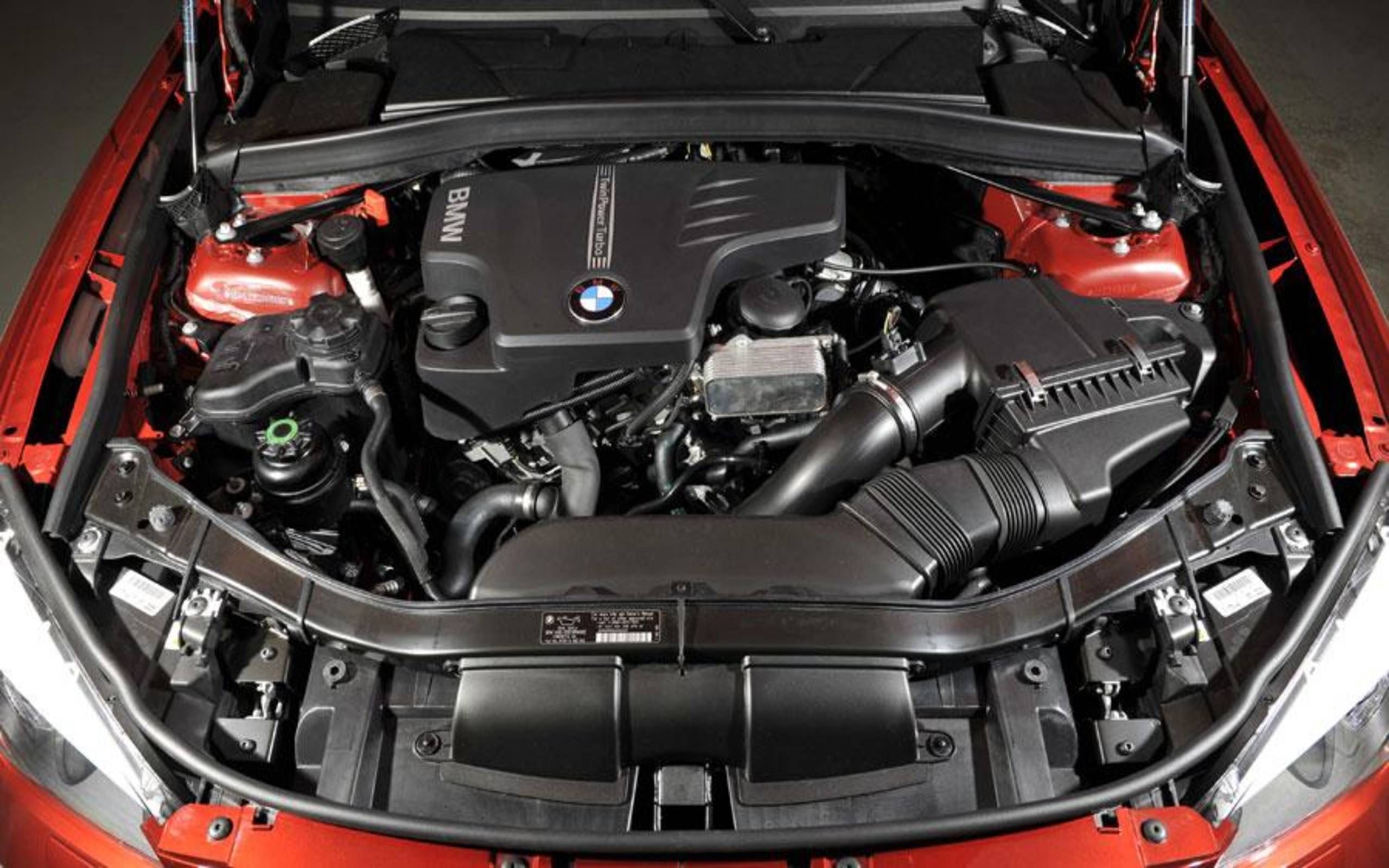Exploring the Development of Burning Engines in Modern Transportation Equipments
As we browse the landscape of modern-day transportation, the evolution of combustion engines stands as a testimony to human resourcefulness and engineering expertise. The interplay of history, modern technology, and ecological problems in forming the trajectory of combustion engines develops a narrative that is both informative and engaging.
Very Early Beginnings of Combustion Engines
How did the concept of combustion engines initial arise in the very early stages of transportation development? The roots of burning engines can be mapped back to the 17th century when the principles of internal burning were very first explored.
The innovation moment came with the creation of the first effective gasoline-powered engine by Karl Benz in 1885 - bmw engine. This engine paved the method for the growth of the contemporary auto, reinventing transport systems worldwide. Subsequent developments by Nikolaus Otto and Gottlieb Daimler even more improved combustion engine innovation, resulting in the mass manufacturing of cars and the rapid development of the transportation sector
These early combustion engines were identified by their simpleness and effectiveness, laying the structure for the facility and effective engines made use of in contemporary transportation systems. The development of burning engines has actually contributed fit the means we travel and transfer products, marking a considerable turning point in the history of transport advancement.
Shift to Internal Combustion Innovation
The change to internal burning modern technology noted a critical shift in the evolution of transport systems. This change began in the late 19th century, with inventors like Nikolaus Otto and Gottlieb Daimler creating the very first successful interior burning engines. These engines revolutionized transport by providing a more reliable and effective option to heavy steam engines and electrical motors.
Among the crucial benefits of inner combustion engines was their capability to be reduced to match lorries, resulting in the advancement of bikes and automobiles. This shift from bulky, fixed engines to portable, mobile ones led the method for the modern-day transportation systems we see today.
The change to internal combustion technology likewise stimulated advancements in fuel modern technology, bring about the advancement of gasoline and diesel as main fuel resources for automobiles. This change not only made transport extra easily accessible to the masses yet likewise laid the structure for the oil and gas market to end up being important to global economies.
Effect of Combustion Engines on Transport
The adoption of burning engines in transport systems militarized an extensive shift in the efficiency and rate of global mobility. Combustion engines revolutionized transport by supplying a versatile and reliable resource of power for various cars, including cars and trucks, trucks, aircrafts, and ships. This advancement significantly boosted the capacity for goods and individuals to conform fars away in much shorter amount of time, bring about enhanced connectivity between areas and countries.
Furthermore, the widespread use burning engines has had a substantial effect on financial advancement. The ability to deliver products effectively has actually spurred profession and commerce, enabling services to increase their markets and reach customers worldwide. This has helped with financial growth and globalization, as items can now be delivered much faster and in larger amounts than ever.
However, the ecological effect of burning engines can not be ignored. The combustion of nonrenewable fuel sources has brought about air contamination and greenhouse gas exhausts, adding to climate modification and presenting wellness risks to populaces. bmw engine. As an outcome, there is a growing focus on creating alternative propulsion innovations to alleviate these unfavorable results and produce a much more his comment is here lasting future for transport
Developments in Burning Engine Layout
One remarkable development is the growth of turbocharged engines, which utilize see this website exhaust gases to drive a generator that presses incoming air, allowing for even more fuel to be burnt, resulting in boosted power output without a significant rise in engine size. Variable shutoff timing systems have additionally changed engine style by enhancing air flow at various engine rates, boosting both power and effectiveness. These innovations jointly add to the continual enhancement of combustion engines in modern transportation systems.
Future Fads in Burning Engine Advancement
With technology developments driving continuous development, the future of burning engine growth is positioned to change transportation systems globally. One of the key fads in burning engine development is the push towards better effectiveness and reduced exhausts. Producers are spending heavily in research and development to improve engine performance while satisfying rigorous environmental policies. This includes the integration of innovative gas injection systems, enhanced turbocharging approaches, and using lightweight products to enhance gas consumption and minimize carbon emissions.
One more popular trend is the fostering of crossbreed modern technologies in burning engines. Crossbreed engines combine typical combustion modern technology with electrical power, providing boosted fuel effectiveness and reduced discharges. As the vehicle market changes in the direction of electrification, crossbreed combustion engines are viewed as a transitional remedy that connects the void in between conventional cars and totally electric ones.
Furthermore, the combination of smart technologies, such as man-made intelligence and data analytics, is expected to play a significant duty in the future of burning engine advancement. These technologies can enhance engine efficiency in real-time, resulting in much more reliable combustion procedures and improved overall car read here performance. Accepting these future fads will not just drive advancement in burning engine advancement however likewise contribute to an extra lasting and eco-friendly transport ecosystem.

Final Thought
In conclusion, the advancement of burning engines in contemporary transport systems has been marked by significant innovations in innovation and layout. From the very early starts of burning engines to the transition to internal combustion innovation, these engines have actually had an extensive impact on transport.
The origins of burning engines can be mapped back to the 17th century when the concepts of internal combustion were very first discovered. These engines transformed transportation by supplying a more effective and reliable alternative to vapor engines and electric motors.
